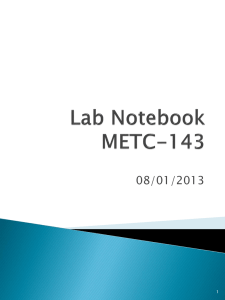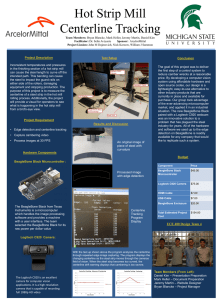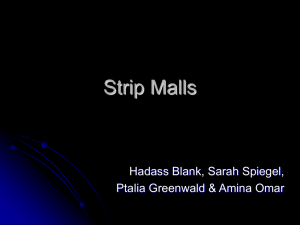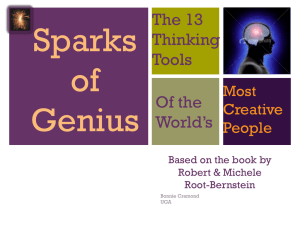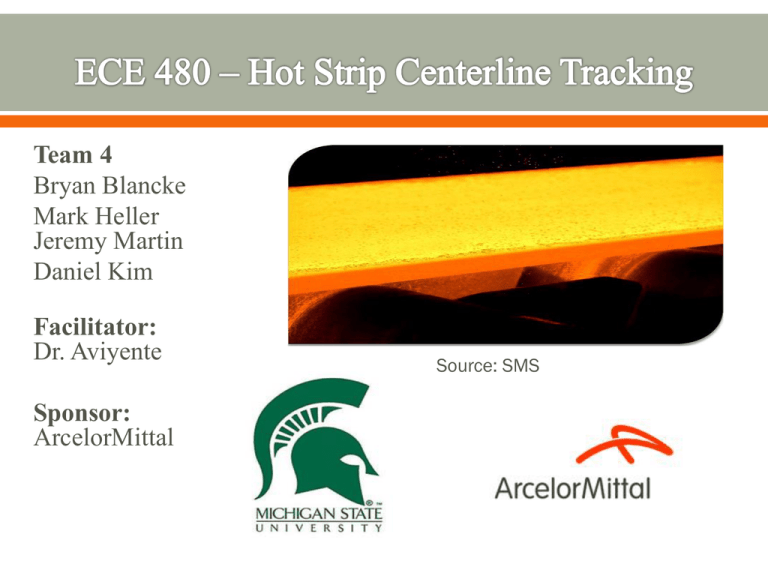
Team 4
Bryan Blancke
Mark Heller
Jeremy Martin
Daniel Kim
Facilitator:
Dr. Aviyente
Sponsor:
ArcelorMittal
Source: SMS
Problem Statement
Background
Design Specification
Conceptual Design
Final Design
Team Roles
Budget
Problem Statement
Centerline Tracking in the Hot Strip mill
What is the hot strip mill?
Why track centerline?
What is cambering?
What issues can this cause?
Material Slab
Thickness: 8-10 inches, 9.9 inches average.
Width: 26-72 inches
Length: 110-383 inches
Weight: 10-40tons
Product: Hot Coil
Thickness: 0.06-0.5 inches
Width: 25-75 inches
Inside Diameter: 30 inches
Outside Diameter: 80 inches
Courtesy of ArcelorMittal
Finishing Mill Courtesy of ArcelorMittal
High Resistance to Heat (2300◦F)
High Resistance to Debris (scale)
Waterproof
Data processing at 50 Hz
540p resolution
Image capture from an 8 meter distance
Centerline Tracking Production Monitor
A camera mounted 6-8 meters above the stand.
Records the metal strip and captures the image of the
camber.
Cost: $130,000.00
European Company: EMG Automation
Strengths
Weaknesses
Ideal solution
Expensive
No innovation
Fiber Optic Laser Sensor
Multiple lasers detecting each edge of steel strip
As strip moves, different sensors trip
Gives a visual representation of the strip
Data is approximate, not very
accurate
Strengths
Weaknesses
Low resolution
High risk
Requires mechanical adjustments
Might not detect through steam
Low-power Micro-cameras
Initially a consideration due to the
ease of integration with a
microcontroller
Lower capture speeds, less
accurate data
Instead, we used a more powerful
microcontroller in order to utilize a
regular 1080p 30fps camera
Strengths
Weaknesses
Fast processing
Low resolution
price
Low heat tolerance
Camera attached via USB to a Beaglebone Black
Microcontroller
Captures images of position of strip
Use OpenCV to detect and compare strip edges
Output images and position data to a display screen
Raspberry Pi
Beaglebone
More resources available
Easier set up
1080p display capability
Faster clock speed
More available connections
But why not Arduino?
Image processing requires heavy processing power which
Arduino cannot provide within the scope of this project.
With the given budget, taking images and processing them
at 50 fps is unfeasible.
Current cameras generally have a maximum of 30 fps.
The microcontroller might not be able to process the
information as fast as the pictures are being captured.
We may have to sample the data at lower frequencies in
order for our controller to be able to process the data.
Beaglebone Black - $45
Logitech C920 Camera - $75
HDMI cable - $7
Ethernet cable - $7
5V 2.5A power supply - $10
Beaglebone casing - $20
Demonstration bench materials - $50
Total - $214
Team Roles
Bryan Blancke
Non-Technical: Team Management
Technical: Demonstration Bench
Mark Heller
Non-Technical: Document Preparation
Technical: Functionality Testing
Jeremy Martin
Non-Technical: Web Designer
Technical: Software Integration
Daniel Kim
Non-Technical: Presentation Preparation
Technical: Hardware Specialist

